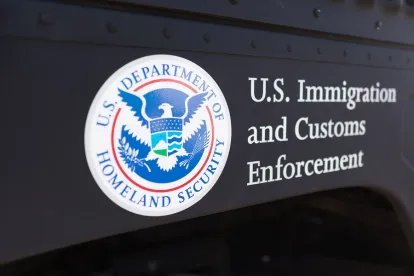Today, the Trump Administration announced rescission of the Obama Administration’s 2012 Executive Order which created the Deferred Action for Childhood Arrivals (DACA) program. As of March 5, 2018, DACA will fully end with many questions yet to be answered.
DACA has benefitted approximately 800,000 recipients, who came to the U.S. before the age of sixteen and hold no valid immigration status, by granting them temporary work authorization and relief from deportation. Through the program, beneficiaries have gone on to become productive members of communities, contributing to the economy by attending college, buying houses and cars, and obtaining better paying jobs.
What We Know:
-
The U.S. Citizenship & Immigration Services (USCIS) will immediately halt acceptance of new DACA applications while “orderly winding down” the program for existing DACA recipients.
-
Current DACA recipients with permits that expire before March 5, 2018 may apply for a renewal by October 5, 2017.
-
Some DACA recipients could lose work authorization as early as March 6, 2018, while others may continue to use the program over the next two years.
-
No specific guidance will be issued to DHS agents to shield young undocumented immigrants from deportation.
What Is Unclear:
-
Whether and how quickly Immigration & Customs Enforcement will take enforcement action to remove DACA recipients who have disclosed personal information in order to obtain a DACA benefit.
-
Whether Congress will be able to pass a legislative solution within the next six months. Much will depend on DACA proponents’ ability to mobilize and advocate some form of relief.
-
Whether those granted Advance Parole pursuant to DACA will be permitted to return to the U.S. once DACA ends. Having Advance Parole does not guarantee admission to the U.S., and the U.S. Department of Homeland Security may revoke or terminate it at any time.
Other Possible Forms of Relief:
In lieu of federal legislation, other forms of relief may be available. Current DACA recipients and undocumented immigrants may want to explore eligibility for:
-
Asylum;
-
A temporary visa as a victim of a specific crime;
-
Proof of existing U.S. citizenship or noncitizen nationality; and
-
Lawful permanent residence. Potential applicants include:
-
Individuals whose last entry to the US was after inspection and admission or parole by U.S. Customs & Border Protection (CBP) and who have an immigrant visa immediately available;
-
Certain individuals who are beneficiaries of visa petitions filed by family members or employers on or before April 30, 2001 and who have an immigrant visa immediately available;
-
Certain spouses, children and parents of U.S. citizens or green card holders who have been subject to battery or extreme cruelty by a U.S. citizen or green card holder family member, even if the individual entered without being inspected and admitted by CBP; and
-
Certain unmarried individuals under 21 where a juvenile court has found that the child’s reunification with his or her parent(s) is not viable due to abuse, neglect, abandonment or a similar basis under state law, even if the individual entered without being inspected and admitted by CBP.
-
Additional guidance is expected in the coming days and weeks. Stay tuned for further updates.



 />i
/>i

